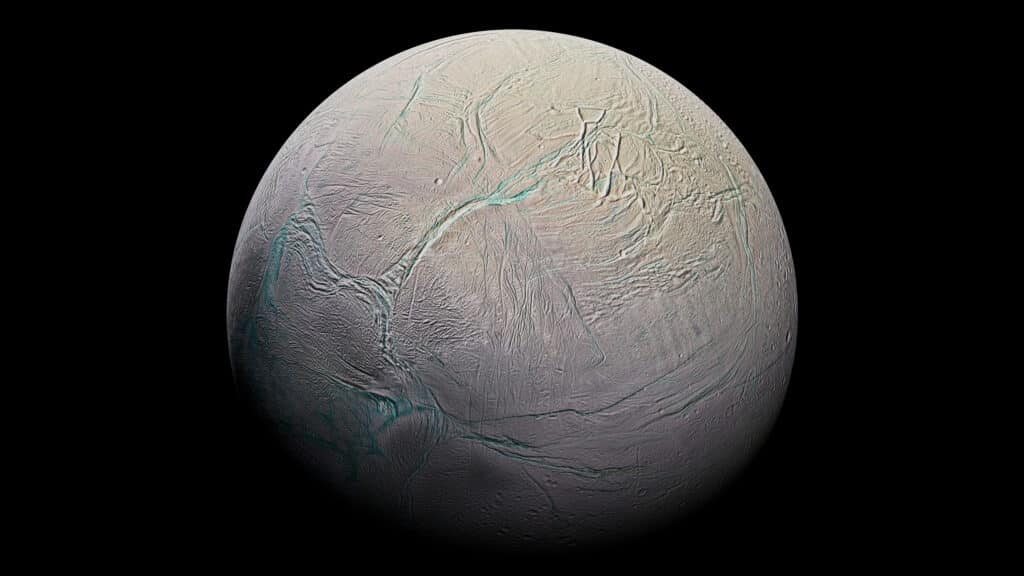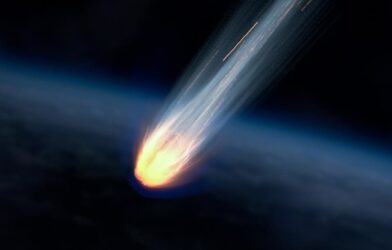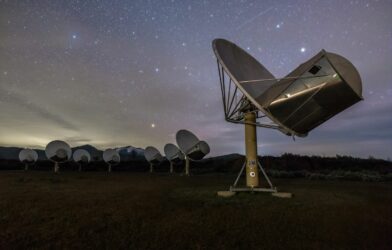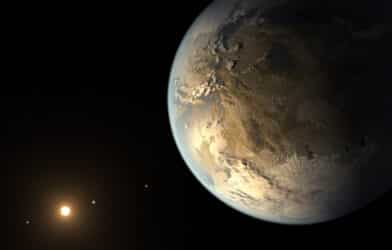Among the most captivating questions that has long intrigued scientists and stargazers alike is whether life exists on other planets. Recent scientific advancements are bringing us closer to answering this question, as we turn our gaze toward two distant moons in our solar system: Enceladus, a moon of Saturn, and Europa, a moon of Jupiter. These icy worlds have become the focal points of astrobiological research due to their potential to harbor life.
The key to life as we understand it rests upon three crucial elements: liquid water, a source of energy, and essential chemical elements. Both Enceladus and Europa appear to check these boxes. The Cassini spacecraft’s mission to Enceladus revealed a subsurface ocean, a hydrothermal energy source, and organic material—ingredients that are tantalizingly suggestive of the potential for life.
Europa presents a similar promise. Although its thick ice shell poses challenges for direct exploration, Enceladus offers a unique opportunity. The moon ejects plumes of icy particles from its subsurface ocean into space, making it possible to study these samples without having to drill through the ice.
Searching For Extraterrestrial Life
The quest to find signs of life on these moons has led scientists to develop sophisticated techniques for analyzing the composition of the plumes. One such technique is impact ionization mass spectrometry, a method used to analyze space dust. This technique involves high-speed impacts that vaporize and ionize particles, allowing for a detailed analysis of their composition.
The Cassini mission utilized this technology with its cosmic dust analyzer to study Enceladus’ plumes. The analysis revealed three types of particles: pure water-ice grains, organic-rich grains, and salt-rich grains. These findings suggest a diverse and complex chemical environment within Enceladus’s ocean, one that could potentially support life.
However, a significant challenge in identifying signs of life is the fragmentation of molecules during the high-speed impacts used in mass spectrometry. To address this, scientists at the University of California, San Diego have developed a laboratory technique that replicates the conditions of space. This technique allows for the analysis of single ice grains at varying velocities, providing a clearer picture of the molecular makeup of these extraterrestrial particles.
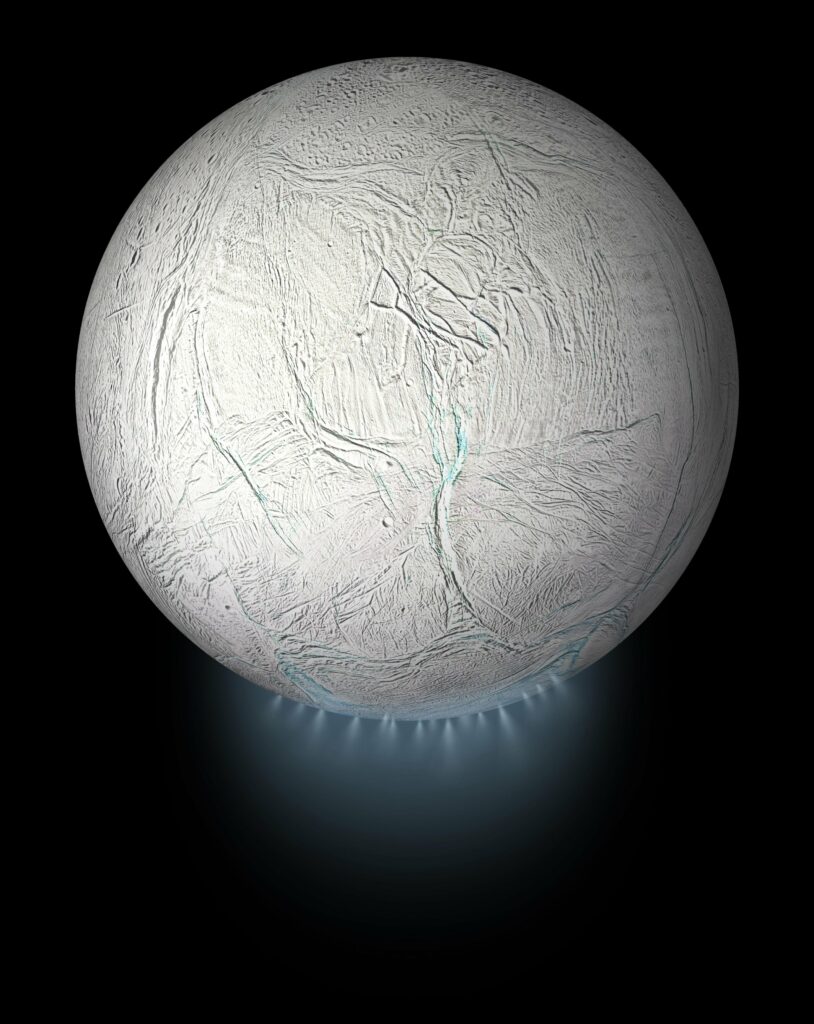
The experiments have been groundbreaking. Scientists have been able to study the effects of different variables, such as the impact velocity and the presence of salts, on the detection of amino acids and other organic molecules. The results have been promising, showing that certain amino acids can survive the impact and can be detected, suggesting that the tools we have for searching for life in space are on the right track.
One of the most significant findings from these experiments is the survival of simple amino acids in high-velocity impacts. Amino acids are the building blocks of proteins, and their presence is a strong indicator of the potential for life. The experiments showed that at impact speeds of up to 4.2 km/s, the molecular structures of these amino acids remained largely intact, providing valuable insights into the conditions necessary for detecting biosignatures in space.
The key to this discovery was an innovative piece of equipment: the aerosol impact spectrometer, custom-built by UC San Diego’s Distinguished Professor of Chemistry and Biochemistry, Robert Continetti, and his team. Originally not intended for studying ice grain impacts, this unique apparatus proved to be ideally suited for the task.
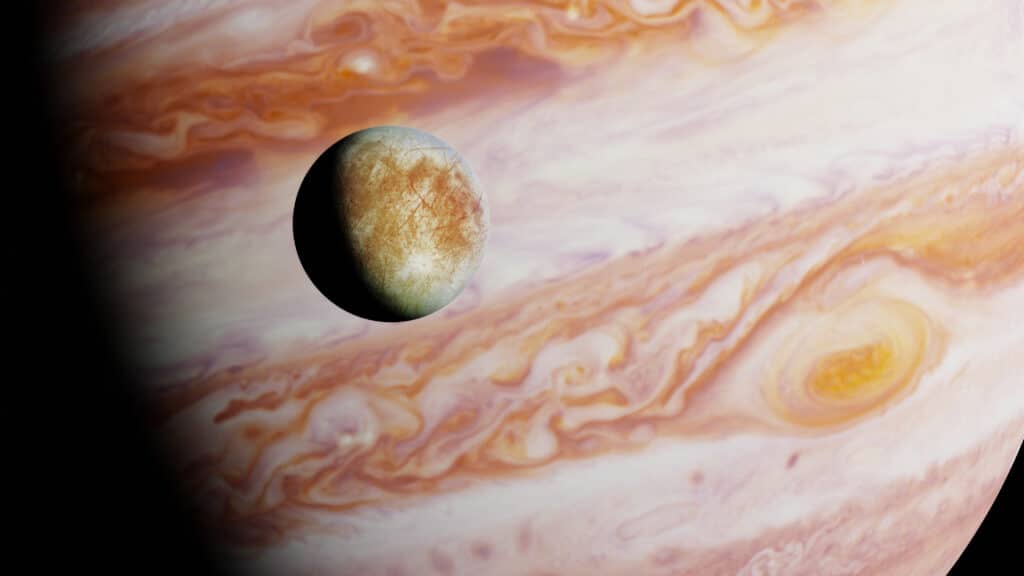
“This apparatus is the only one of its kind in the world that can select single particles and accelerate or decelerate them to chosen final velocities,” Continetti explains in a statement. “From several micron diameters down to hundreds of nanometers, in a variety of materials, we’re able to examine particle behavior, such as how they scatter or how their structures change upon impact.”
The research also explored the effect of salts on the detection of organic molecules. Salts are commonly found in ocean environments and can impact the way molecules behave during high-speed impacts. The findings indicated that higher salt concentrations can hinder the detection of certain molecules, an important consideration for future missions aiming to sample ocean plumes.
Looking Ahead To Future Exploration
The studies conducted on Earth are paving the way for future space missions, like the Europa Clipper mission, which aims to explore Europa’s icy plumes. The insights gained from laboratory experiments will inform the design and operation of instruments on these missions, increasing the chances of detecting signs of life.
“The implications this has for detecting life elsewhere in the solar system without missions to the surface of these ocean-world moons is very exciting,” Continetti says.
But it’s not just about finding life; it’s also about advancing our understanding of fundamental chemistry. The team at UC San Diego is poised to explore further, potentially uncovering the mysteries of life’s origins and its existence beyond our planet.
The research is published in The Proceedings of the National Academy of Sciences (PNAS).
